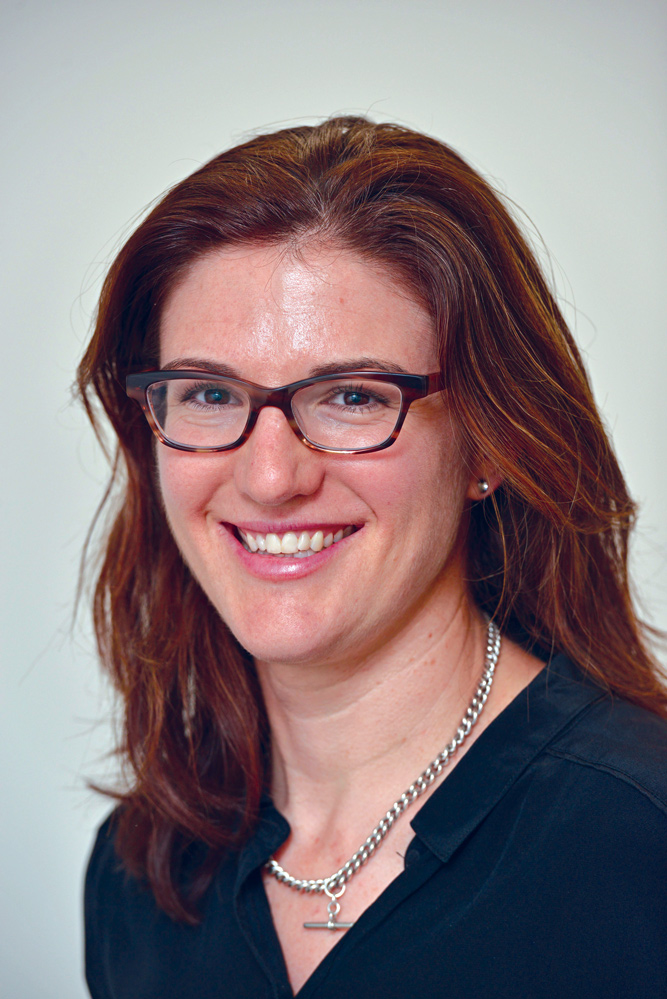 COVID restrictions have added to the already stressful lives of medical students. Dr Helen Wilcox says more effort is needed to support our doctors of the future.
COVID restrictions have added to the already stressful lives of medical students. Dr Helen Wilcox says more effort is needed to support our doctors of the future.
Program-related stressors such as an intense academic workload, assessment load and the organisational structure of medical courses often coexist with financial and social pressures. This can generate or exacerbate psychological distress and open the door to potential burnout and disruption or discontinuation of medical training.
Mental health promotion and early recognition and intervention strategies are not always integrated into each stage of the curriculum, nor consistently marketed to students, although a recent securing of government funding for mental health first aid training will be of value for early phase students.

Barriers to medical students seeking help remain, including the effect of stigma and self-labelling, the fear of a confidentiality breach and its possible effect on academic and career progress, and access issues relating to the costs of services and difficulty in attending services while studying a full-time course.
These issues have been brought into focus by the COVID-19 pandemic, which has had significant effects on delivery of the teaching curriculum across medical schools. The speed at which the community locked down and the subsequent changes to the medical course resulted in many students struggling to adjust to online learning and other curriculum changes.
The abrupt cancellation of previously timetabled face-to-face tutorials, clinical placements and patient contact further contributed to disruption of normal studies.
In addition to teaching-related changes, other impacts include the loss of peer interaction and social connectedness, geographic isolation for rural, interstate and international students, and financial stressors including loss of part-time employment caused by the economic consequences of the pandemic.
At our university, survey data obtained in May 2020 showed a mean Kessler-10 (K10) score of 20.6 indicating moderate psychological distress, consistent across students in all years of the program.
Deterioration in mental wellbeing since COVID-19 onset was reported by 68% of students, with the main negative impacts being on social connectedness, studies and stress related to uncertainty about returning to normal study and the prospect of a delay in graduation.
Respondents outlined the mental wellbeing activities and strategies that they were using and finding effective, and identified resources or strategies that could be initiated by the medical school and student society to further promote wellbeing.
The strategies employed by current students are the same as those which have been shown to be effective in alleviating stress: having social support and emotional resilience; proactively participating in self-care activities such as exercise, good diet and engaging in fulfilling interpersonal relationships; and deliberate practice of positive traits such as joy, self-efficacy and optimism.
Additionally, frequent accurate communication between the school and the student body was identified as crucial in allaying students’ concerns.
The survey findings are a valuable snapshot of the factors affecting student mental wellbeing, and provide an impetus to examine existing wellbeing and support strategies in order to inform a future cohesive and comprehensive support strategy.
This process will be greatly assisted by the recent release of the Every Doctor, Every Setting framework, which has been developed by a working group co-led by the Black Dog Institute and Everymind with representation from the AMA, AMSA, and Orygen, the National Centre of Excellence in Youth Mental Health. It provides an evidence-based strategy aimed at preventing and responding to mental ill health and suicidal behaviour, as well as supporting good mental health for all doctors and medical students.
The framework is built around five pillars denoting actions and targets, which can be adjusted to best represent medical student needs:
• Primary prevention
Improve training and work environments to reduce risk. From a medical school perspective, this means curriculum design that is both challenging and achievable, integrating teaching on work-life balance, self-care, and with flexible delivery where possible. Comprehensive orientation materials at the start of each year should address basic study skills, time management and goal setting, and provide access to specialist academic support strategies within the university. Opportunities should be sought to integrate case studies on doctor and student mental health into teaching and learning activities and reflective pieces. Lived experience examples from senior students and academics can be valuable.
• Secondary prevention
Improve the capacity to recognise and respond to those needing support. Teaching on mental health literacy can cross disciplines, from general practice to psychiatry, and can be supported by curated e-mental health resources. Student groups who may benefit from additional support and flexibility based on culture, geography or personal circumstances should be provided with targeted academic and peer support. Access to support services should be improved, potentially prioritising medical student access to university counselling and psychology services. Lists of doctors’ health advisory services and mental health professionals who are experienced with doctors’ health can be provided through student support channels. Policies relating to leave, deferral and special consideration should be promulgated, with clear pathways to access these provisions in a timely manner, especially around assessment periods.
• Tertiary prevention
Improve the support provided to doctors and medical students impacted by mental ill health and suicidal behaviour. Schools should develop student-in-crisis and postvention procedures in consultation with the broader university, which are consistent with other schools’ approaches locally and nationally. Mechanisms should be in place to assess when it is safe for students to study following an episode of mental ill health, facilitate their return and monitor their progress after their return.
• Mental health promotion
Improve the culture of the medical profession to increase wellbeing. Schools should support co-curricular physical and mental health promotion activities in consultation with student societies.
• Leadership
Improve accountability, coordinated action and monitoring to ensure success. This translates to school leaders acknowledging their roles as mental health champions, demonstrating a zero tolerance to bullying and harassment, and providing appropriate staff training so they can deliver on the initiative above.
Co-design of strategies with student representatives and with other schools is key to assuring suitability of the approach, sustainability of interventions and ultimately their success.
ED: Dr Helen Wilcox is Program Director and Head, Medical Education Unit, UWA Medical School and committee member of the Doctors Health Advisory Service of WA www.dhaswa.com.au
– References on request

